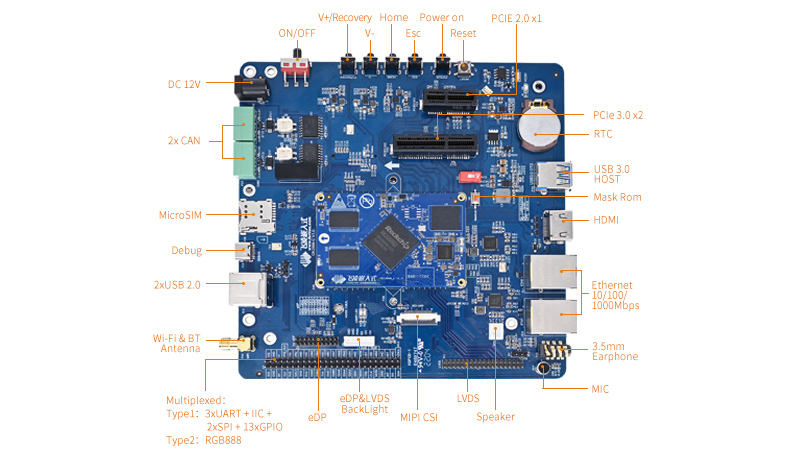Due to individual differences in oral structure, some traditional oral dental films are difficult to fully adapt to the special conditions of the patient's mouth and may require multiple adjustments and break-ins, and traditional mass production methods cannot meet the demand for personalized dental films. The traditional approach relies heavily on mold production, but this makes it difficult to respond to the needs of individual patient variability.
Manufacturing methods usually require a long production cycle, with patients needing to obtain, fit, and adjust the model throughout multiple visits, which increases the time cost of the entire process, and a cumbersome fabrication process that involves multiple processes, including model acquisition, plaster model fabrication, and dental film fitting, which makes the entire fabrication process more costly, including material and labor costs.
Meeting the personalized and customized needs of dental health-care is the basis of dental film manufacturing, which happens to be a perfect match for the technical characteristics of 3D printing, thus creating a rapid growth of the dental 3D printing market, as well as fierce competition.
A good 3D printing device must have a convenient and user-friendly human-machine interface that allows doctors or technicians to easily operate and monitor the printer status.
Not only that but also a wealth of peripheral interfaces, such as USB, RS232/485, CAN, I2C, etc., can fully meet the needs of a variety of external devices and sensors, etc., to set aside enough scalability.

To meet the hardware requirements of the main control board for dental and dental 3D printers, Flying Embedded has introduced the FET3568-C platform, which has a rich set of peripheral interfaces including USB, RS232/485, CAN, I2C, etc., and provides powerful connectivity for dental and dental 3D printers. At the same time, the chip platform reserves enough scalability to meet the needs of external devices and sensors, and provides flexible expansion space for the functions of dental equipment.
Details of the scheme for realizing the 3D printer in the stomatology department:
- ARM architecture processor: FET3568-C is based on Rockchip's RK3568 core processor, providing powerful computing capabilities and low power consumption design, suitable for efficient control of oral and dental 3D printers.
- Motion control and sensor interfaces: The abundant peripheral interfaces of RK3568 chip are used to connect stepper motors, temperature sensors and so on, to realize motion control and real-time monitoring of system status.
- HMI: Equipped with a 7-inch or 10.1-inch high-resolution capacitive touch screen, it provides a convenient and friendly user interaction interface. The touch screen is designed according to the current user's operating habits, making the operation more intuitive and easy to use.
- 4K display support: Additional interfaces support 4K display, such as HDMI and eDP, for external high-resolution display devices. This ensures clarity and precision of the print control operation.
- Optical connection: Integrated external optical interface for print control to ensure accuracy and efficiency of dental and dental 3D printers.
- Network connection and communication interface: The network function of FET3568-C platform is used to realize the remote monitoring and upgrading of equipment. At the same time, other devices and sensors are connected through USB, RS232/485, CAN and other interfaces.
Summary:
The FET3568-C-based dental and dental 3D printer implementation takes full advantage of the platform's powerful performance and rich peripheral interfaces. The optimization of the human-machine interface, the support of a 4K display, and the connection of multiple sensors ensure efficient, convenient, and precise operation of the equipment, providing advanced digital solutions in the field of oral dentistry.
 forlinx embedded
forlinx embedded
Discussions
Become a Hackaday.io Member
Create an account to leave a comment. Already have an account? Log In.